Do you want to know how to practice emotional intelligence? What are specific, tangible steps to take to respond more intentionally, instead of reacting on autopilot?
At Six Seconds, our vision is one billion people practicing the skills of emotional intelligence by 2039. So I asked our world-wide network of certified practitioners: What EQ practice would you recommend for people to be less volatile and more intentional?
Based on the network’s answers, here are 10 tips for choosing yourself:
We asked the global EQ community for favorite tips to practice emotional intelligence and organized these based on the Six Seconds Model of Emotional Intelligence, which is a three step process: (1) increase awareness, (2) evaluate, and (3) move forward purposefully. Earlier we posted tips for increasing self-awareness. In today’s article: tips for using emotional intelligence to make better choices. The point is to move out of reaction – to pause, evaluate and respond in the best way possible.
There are four emotional intelligence competencies that help us move from reacting to responding:
- Navigate Emotions: Engage emotions intentionally to help move the situation forward
- Apply Consequential Thinking: Pause and evaluate both the pragmatic and emotional components of the situation
- Engage Intrinsic Motivation: Strengthen the inner drive to move ahead in a useful way
- Exercise Optimism: Identify new opportunities and possibilities to invent additional solutions.
1. Repeat after me: K, C, G
The Six Seconds Model of EQ was created to take this emerging science of emotional intelligence and put it into action. And asking myself these 3 questions helps me get back on track when I feel myself operating on autopilot.
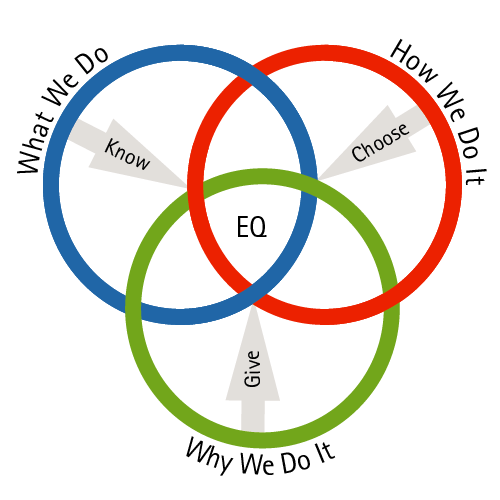 I ask myself:
I ask myself:
What am I feeling?
What options do I have?
And what do I truly want?
When I check in with myself like this, a few times a day, I am a different person. I make more optimal decisions and it helps me be the person I really want to be. But as you may have noticed when you got to the last question, this process is far more effective if you already know where you want to end up, what you truly want.
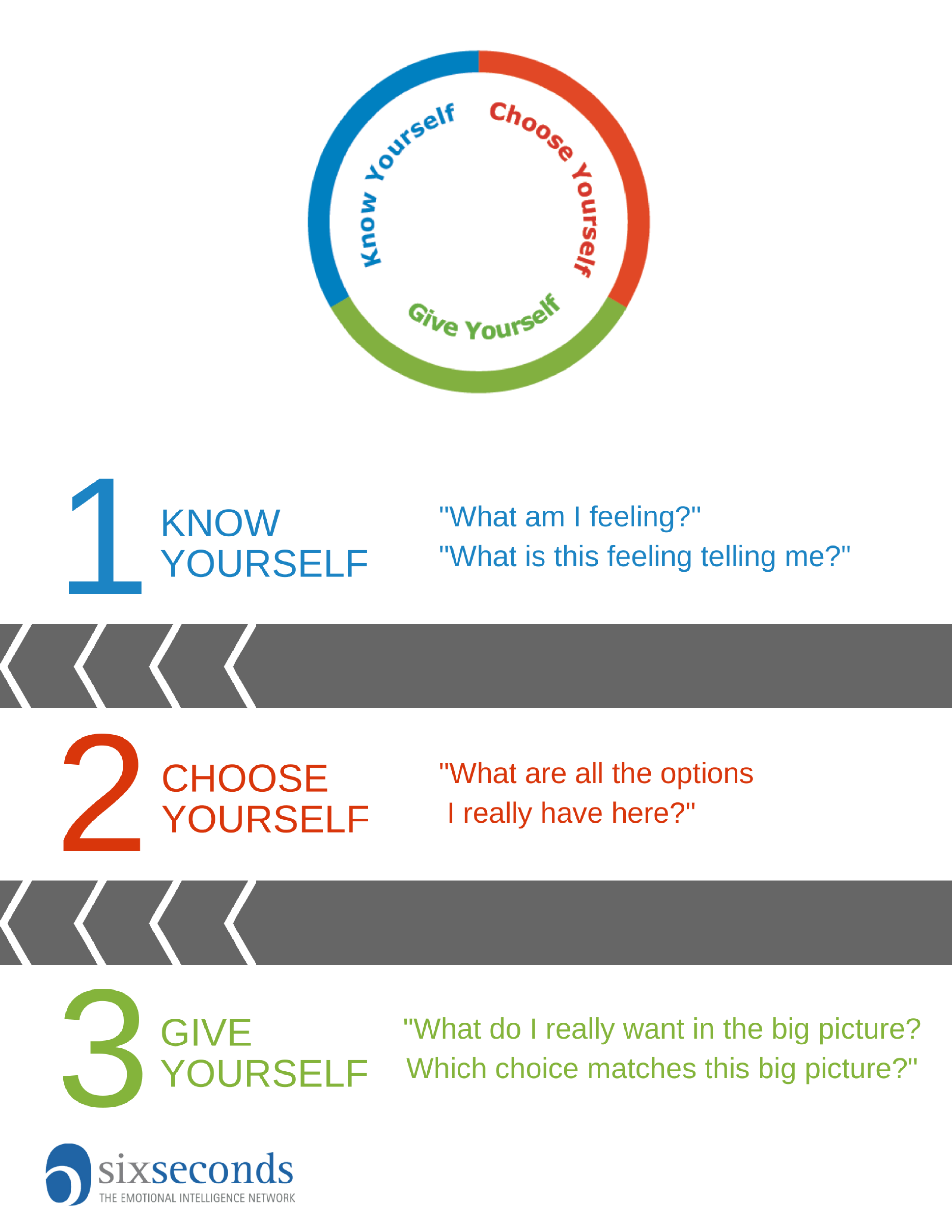
#2 Know your final destination
I like to use this metaphor about Google Maps. It’s an amazing tool, right? Revolutionary, really. You type in the destination and boom, step-by-step directions. But if you don’t know where you want to go? It’s totally useless. And so it is with our lives. How could we effectively choose between all our different options if we don’t know what we want to contribute to the world? The legacy we want to be leaving in our wake every day? At Six Seconds, we call that destination our noble goal. We cover it extensively in our tips for living a purpose driven life, but for now, it’s enough to know that it’s an indispensable part of how to practice emotional intelligence, how to Choose Yourself. You have to know what you want to contribute to the world more than anything, and that can be used as a guide for decisions big and small.
But let’s go back to the nitty gritty of how we can get off autopilot and live more intentionally – even as life comes at us with increasing speed and complexity.
#3 Hit the pause button
You can have all the best tools for how to practice emotional intelligence, but the most important of all is the ability to pause, to slow yourself down. Why? Because that gives you time to use those wonderful tools!
And how do we slow down? There are a number of ways. The most effective for me is to take a few deep breaths – and I mean slow breaths. Inhaling for about 3 seconds, pausing for half a second, and then exhaling for a full 3 seconds. Try it out. It’s incredibly relaxing. Or in cases where I need more time to calm myself down, I love to go for walks, and focus on my breathing as I walk. But focusing on your breath is only one strategy of many. You can try to think of 5 films with Tom Hanks, or your favorite 3 songs. You could even listen to a song that is nostalgic for you, or visualize a trip you went on abroad. Basically, do whatever you want to provide some space from the situation. Neuroscience research has found that it takes about 6 seconds for emotion chemicals to be absorbed in our body, so pause for at least six seconds.
Here’s an example: the other day I got an email that really rubbed me the wrong way. I felt like I had been publicly volunteered to do something without having been asked privately first. My first reaction was to fire off what my dad would call an email missile: a sharp, curt response that is more damaging than necessary. And here’s an interesting fact about anger: it makes us more confident. In that moment, we are sure it’s the right thing to do – and that’s why the pause is so essential. So I paused. I took a deep breath and thought about my favorite 3 sporting events of all time. And that’s a tough question – I have watched a lot of sporting events. But I went with Game 6 of the 2011 World Series, the Sugar Bowl when Boise State beat Oklahoma, and Game 6 of the Warriors Thunder series in 2016. By the time I got done thinking through this list, I was already calmer and went through the K, C, G process. I ended up sending an email that stood up for myself, but with love, not venom. The power of the pause!
“PAC before you act: Pause. Acknowledge your thoughts and feelings. Clear your mind.”

#4 Transform your emotions with your physical body
It’s common knowledge that our thoughts influence our feelings and actions. When you think about your best friend moving away, you feel sad. When you think about your “ex” and how they mistreated you, you may want to send them a vindictive message. But what’s often unrecognized is that our actions can influence our thoughts and feelings, too. So start with an action.
When you feel tense, take a deep breath and let your shoulders open and relax. This expansion of muscles that were tense and contracted sends a message to your entire body that everything is okay, and your mind and emotions often change as a result. The same is true of smiling. It’s amazingly powerful, even if it feels forced at first – it can change our emotional state.
A few intentional movements can go a long way. Try it out.
“Ask yourself: “Do I feel expanded and open or contracted and small? When you feel “compressed,” breathing deeply “into the belly” can release muscles, influence the mind and help us make more powerful, positive choices.”

#5 Call your emotions by name
One of the simplest, most effective tools for doing what you mean to do more often is to name your emotions. It’s been shown to reduce the raw intensity of emotions, which gives us the space to react in a more deliberate way. It bridges the gap between thoughts and feelings, which allows us to be smarter with our feelings. To use them as a resource instead of feeling overwhelmed by them. So next time you are feeling a really strong emotion, share the obvious with yourself: I am frustrated, or angry, or sad, or overwhelmed. It’s actually remarkably effective, and opens a door for us to react in the way we really want.
But, because of how we are socialized to think about difficult emotions, you may find yourself shying away from feeling peeved, frustrated, or overwhelmed, so…
…remind yourself, “Emotions are data.” When we’re stuck in the self-defeating mindset that some emotions are bad and we shouldn’t feel them – like anger, fear and sadness – we are wasting a valuable resource. Emotions are data. They focus our attention and motivate us toward a specific course of action. To navigate our emotions effectively, we have to work with them, make them our ally. Check out these tips for dealing with difficult emotions and transforming them into your ally.
Here are a few more tips to choose ourselves when it’s most difficult: in times of adversity.
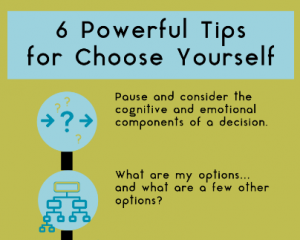
#6 Facing adversity? Do the 3 Ps
Martin Seligman, considered the founding father of positive psychology, developed the theory that it was the “3 Ps” that determined how well we deal with adversity. the 3 Ps are permanence, pervasiveness and power. Let me explain what they mean. When faced with adversity, a pessimist will think that this will never end, it’s affecting everything, and that it’s totally out of their control (or it’s not their fault). This of course makes them feel stuck and overwhelmed, unable to choose themselves. An optimist, on the other hand, will see that the adversity is temporary, isolated in nature, and that they probably have some responsibility. With any problem, whether it’s a traffic jam, a fight with your teenager, or a trip to the DMV, ask yourself these 3 questions, as recommended by Sandeep Kelkar:
Am I thinking that this is permanent? “This will never end.” Am I feeling this is pervasive? “It is changing everything.” Am I giving up – or taking – too much power? “There is nothing I can do,” or “This is all my fault.”
In challenging situations, I examine my thoughts with the three questions of optimism. Then I step back and become a ‘detective” and try to gather evidence for those views. If those thoughts are inaccurate, I dispute them and choose realistic, accurate, positive thoughts.

#7 Practice the power of “yet”
One tiny word can make a world of difference. Cath Corrie, a long-time-educator in our community, shared this tip. Read these two phrases out loud, and notice how it feels:
A. “I can’t do it.”
B. “I can’t do it, yet.”
One is a brick wall, an ending. The other is a screen door, a part of an ongoing story. The more we learn to say “yet” in times of challenge, the more we influence ourselves to have a mindset of possibility.
It’s what Stanford professor Carol Dweck dubbed the growth mindset. A growth mindset is one in which failure is seen as an opportunity for growth, and intelligence is fluid, changing all the time. Our effort is the driving factor. This is opposed to a fixed mindset, which is defined as thinking of intelligence as a fixed characteristic. Growth mindset has been linked to success in school children as well as business executives.
3 powerful letters: y. e. t.
#8 Strengthen your optimism pathways
The 3 Ps are a great way to strengthen your optimism pathways in times of adversity, as is adding yet to the end of the sentence. But in the good or neutral times, how can you strengthen these pathways?
Josh Freedman told me this definition of optimism that I love: knowing there are possibilities even when you can’t see them. I was skeptical at first, but the more I practice it, the more I realize that there are almost always more options than I realize at first, when I am first reacting. Every option has pros and cons, but there are many, many options: and recognizing that and deeply believing it is true optimism.
Think back to the 3 questions of K, C, G. First, “What am I feeling?” And then, “What choices do I have?” Exercising optimism is honing your ability to see that there are many choices, or to know deep down that there are even when you can’t see them in that moment. Write down even the choices that have obstacles or don’t seem realistic. Sometimes the thought alone brings up another idea that hasn’t surfaced yet, but ends up as part of the solution.
Take Two: Set aside two minutes – relax and breathe deeply. Then write down two solutions to your problem.

#9 Take a minute to do the math
When you’re considering what to do next, make a list. Once you have your list of options, you can evaluate them. It’s a skill we call Applying Consequential Thinking. Make a pros and cons list. Cross check each option with your why, your noble goal. What do you most want to contribute to the world? And does one get you closer than the other?
“When you are frustrated or upset, before you say something harsh, take a six second pause to quickly assess the costs and benefits of that action. When you apply consequential thinking, you make more careful choices that ultimately work to your advantage.”
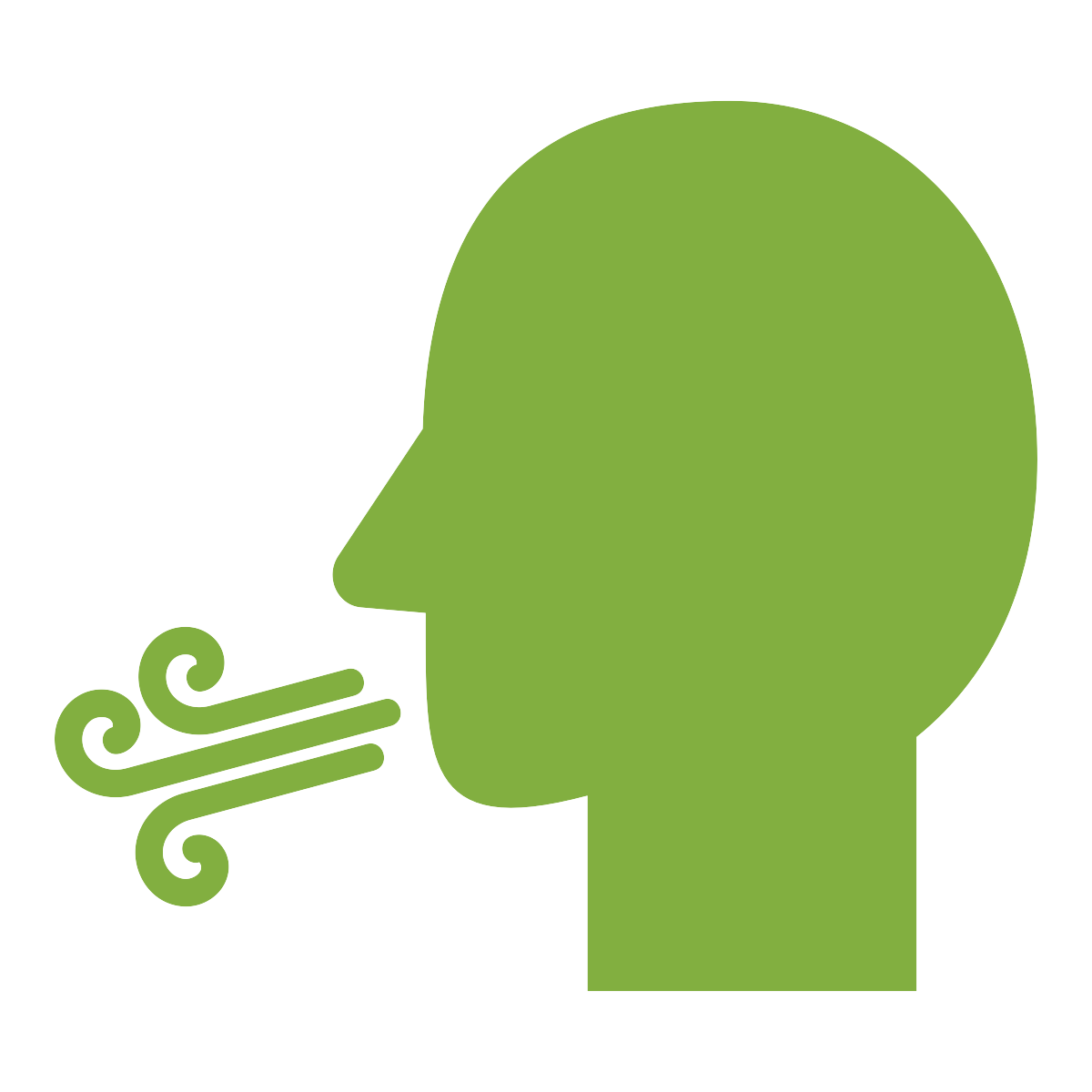
#10 Be driven by that fire within
We live in a society that is constantly pushing us to the external. Do this, or buy this, because you will get recognition or be part of an exclusive group. But it’s constantly changing, which makes it tiring, and ultimately unsatisfying, It’s great for economic growth, but not so great for people. For a deeper look at wellbeing, check out this amazing interview with Daniel Goleman.
Research has found that engaging intrinsic motivation – being driven by personal values rather than these external forces – is a hallmark of wellbeing. These people are in touch with what’s important to them and use that to do what they really want to do.
Finding that purpose and putting it into action is the third pillar, Give Yourself, and here are tips for living a more purpose driven life.
When you hit a setback, separate what parts of the situation you can control or influence and what parts you cannot. Focus on what you can influence and notice how much more confident you feel about overcoming the setback.
Find something impossible to do… and practice.
Create opportunities to informally share what you feel and ask for feelings feedback – in your teams as well as with clients. This can clear the air of any harbored darkness in the relationship.
First in this series: How to Improve EQ: Tips to Practice Awareness
Last in this series: How to Live Meaningfully with EQ: Tips for a Purpose Driven Life
- Pursue Noble Goals in the Six Seconds Model of EQ - July 29, 2023
- Increase Empathy in the Six Seconds Model of EQ - July 26, 2023
- Exercise Optimism - July 24, 2023

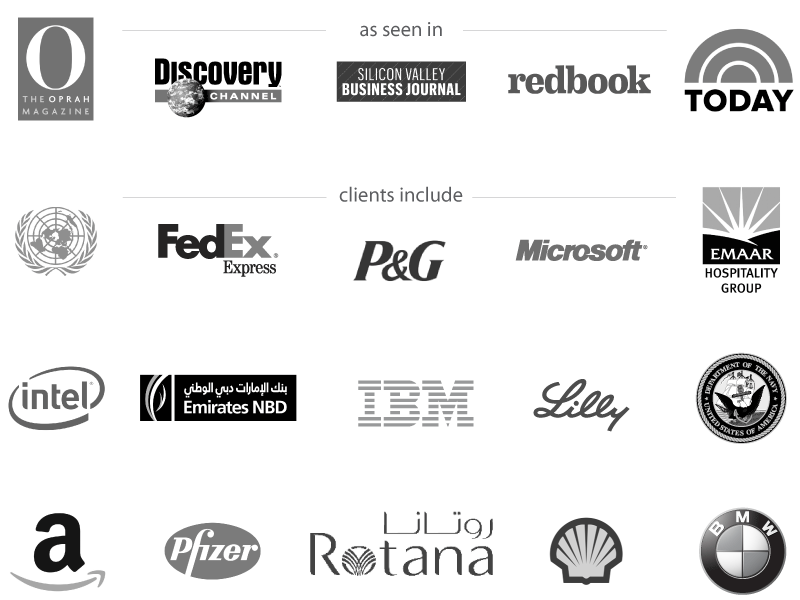
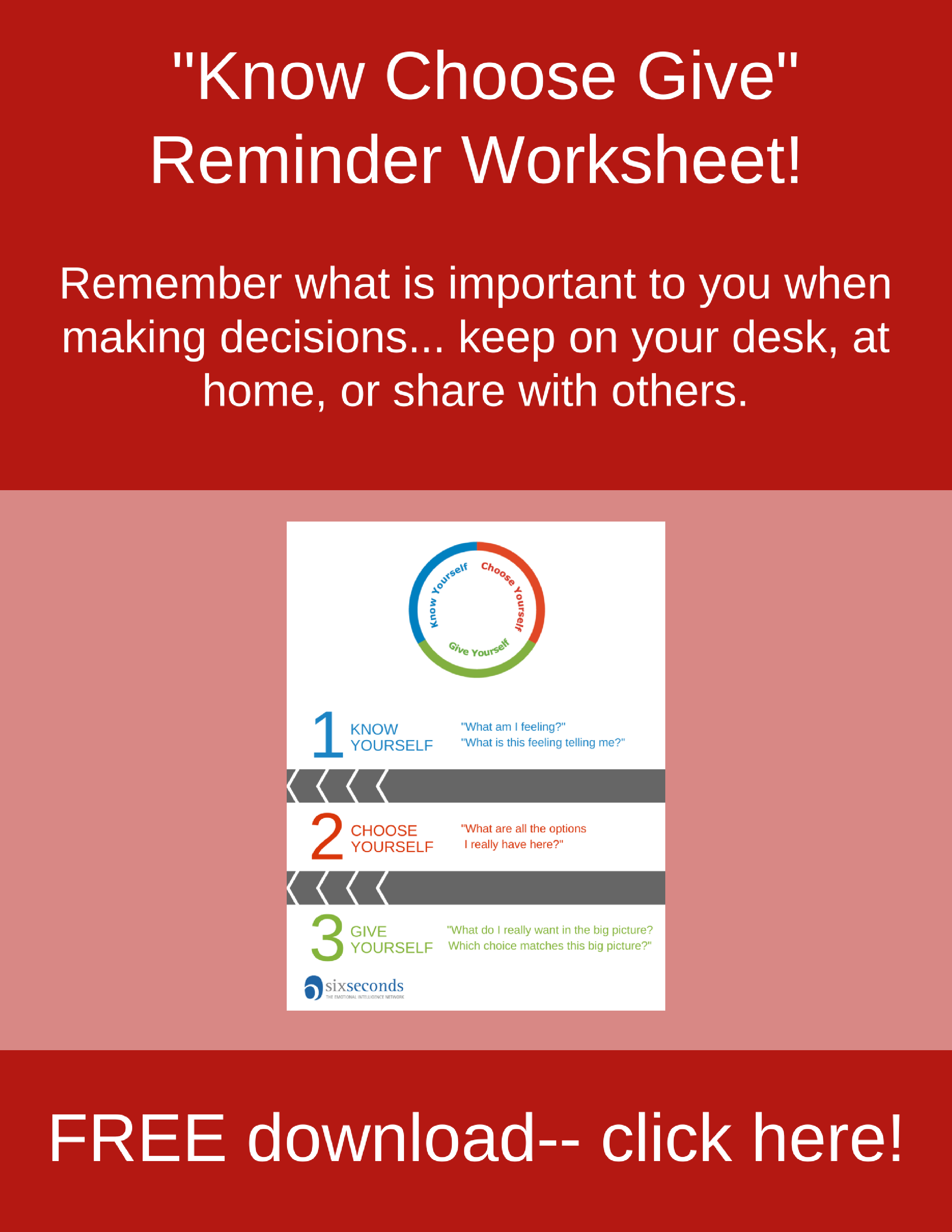
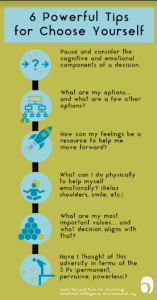
Before my learning, I guess it is not difficult at all, but when I started, I found it has so much new knowledge to learn.
Learn this course, easy to understand and remember
Please send me the 10 Tips. It’s really helpful.
This is great! Especially #6 & #7. A great way of explaining to people on how to handle their emotions. Thank you.
good and bad are also emotions and here were connected all other emotions .wars are about emotions and if we want peace to this planete we have to focus to increase the good emotions .love , fraternity ,accept the others as they are, .instead of hate .enmity. arrogance. it’s agood way to change our world . and to change this world , all we need is to change ourselves . perhaps six seconds could make this difference . a moment to say stop.wait a minute . what can i do.
Take a moment to acknowledge your feelings (F), then consider what options you have (O), then tap into what you really want–what are you goals for this encounter (G). Then move forward through the FOG.
Good one Lynette! There’s a cute poster about this: http://www.6seconds.org/2013/04/24/fog-how-to-use-emotional-intelligence-free-poster/
Six Seconds pause is useful in every day life. Especially when I make buying decision,how we connect our thinking and considering the cost and benefit and aligning with my purpose.
Hi Joshua
We have been connected on 6 seconds for some time and had a great conversation via Skype the better part of a tear ago.
As you may recall …I mentioned that I have been practicing mindfulness since 1974 when I began practicing T.M. as well. EQ , in my opinion, is a western and more understandable form of mindfulness to some degree. Mindfulness, that has been present and practiced for centuries, has swept much of the planet over these past few decades especially. Now is the time for E.Q.,in its simplicity and clarity,to touch as many lives as possible in order to help bring, further understanding of ourselves, others and the global issues that require our attention. To date the pioneers, present day instructors, enthusiasts and those just delving into E.Q. and mindfulness will increase in great numbers and help stabilize the world and its people. These may be challenging times but they are exciting and opportune times as well. Time to act and improve the world.
the 6 second pause is….EVERYTHING.
Keeps things simple.
Feel te strong emotion & then mind over matter.
DETACH. PAUSE. THINK .
Then…..speak softly…that response ( if required)
All the techniques shared by people are really good. Just loved LIGMO, long breath which will give six seconds pause, EQ to be practiced in everything.
A situation is determined by how one reacts to it. Taking a deep breath ( 6 seconds long?) and then deciding how to handle it is so much better than a ‘knee -jerk’ reaction!
This has been very helpful information. I am researching the topic of Emotional Intelligence and comparing / contrasting the philosophies of the SMEs like yourself. I have found the Six seconds model to be the easiest to understand and apply so far. Thanks so much. I will be referring back to your information as I continue my journey.
This is a quick message for Katherine Roff who talks about ‘attaching’ her 10 fingers to 10 feelings … but she goes on to list 11 feelings – Help!
The basic, divine and truth of life answer from the most of them in the above list. Really It just can’t be different. The important 6seconds PAUSE. 🙂